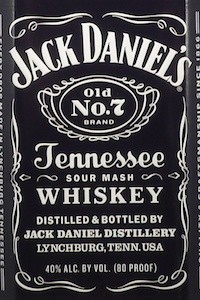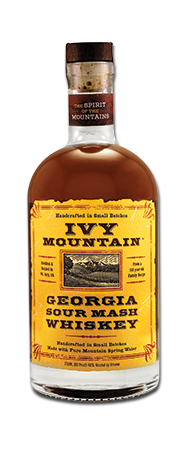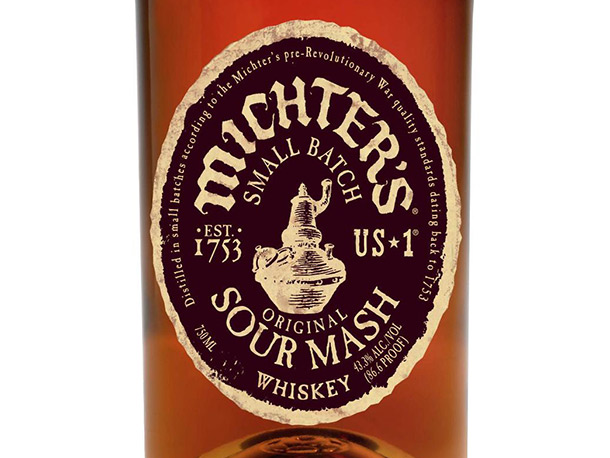So what is sour mash whiskey anyway?
The term sour mash gets thrown around a lot, but it’s really just a technique used in making whiskey. It is not particular to any one brand of whiskey. In fact, most whiskeys are made using this technique.
Before you can distill, you have to make the alcohol. Distillation is just the process of removing and refining the alcohol that yeasts produce in the fermentation process beforehand. The whole reason that distillers are so concerned with quality of grain is because they want their yeasts to have the best grains that can produce the best food for them to “eat”. The distiller cooks those grains in a big pot called a mashtun to create a delicious, warm, sugary mash for their yeasts to feast upon. Those yeasts, when not stressed and kept happy, make alcohol for the distiller and leave behind all sorts of flavors, along with those flavors that existed in the soupy mash (the grain flavors). Keeping the yeasts happy ideal when attempting to create a consistent product. This is where the sour mash technique comes in.
James Crow, the man behind the original Old Crow whiskey from the 1800’s, invented the sour mash technique. At the time that he came into distilling, the process of making whiskey was still on a fairly small scale level and there was very little consistency in the products that were available. James Crow began experimenting with litmus paper to determine the acidity of the mashes. You see, yeast is a very competitive little organism and can outcompete mostly any bacteria that may be present under ideal circumstances. Circumstances at the time were not always ideal, and James crow figured out that raising the pH a bit would help control bacteria growth and prevent foreign yeasts from “invading”. Basically, he took a portion of a mash that had already been fermented (with live yeasts still in the mix) and added that to the new mash that he was preparing to ferment. That portion of the spent mash, or mash that had finished the fermentation process already, is also called the backset. This helped to create an ideal environment for the new yeast to do its work and happily break down sugars instead of competing with foreign contaminants. Any bacteria or fungi that existed in the batch before will show up again in the next batch as well, also contributing to consistency.
The sour mash technique created consistency of product. It doesn’t make the whiskey sour or add any flavor additions to the whiskey. (That may be made to happen in brewing beer, but that’s a different story…) It is simply a process used by distillers to create the same whiskey every time (or at least close to it).
The “sweet mash” is also an odd way to describe a fermentation that doesn’t use the sour mash process. It just says, “We didn’t use any backset and just pitched our yeast (added yeast) into a fresh cooked mash.” Most new, small scale distillers use a sweet mash technique.



